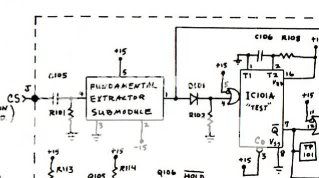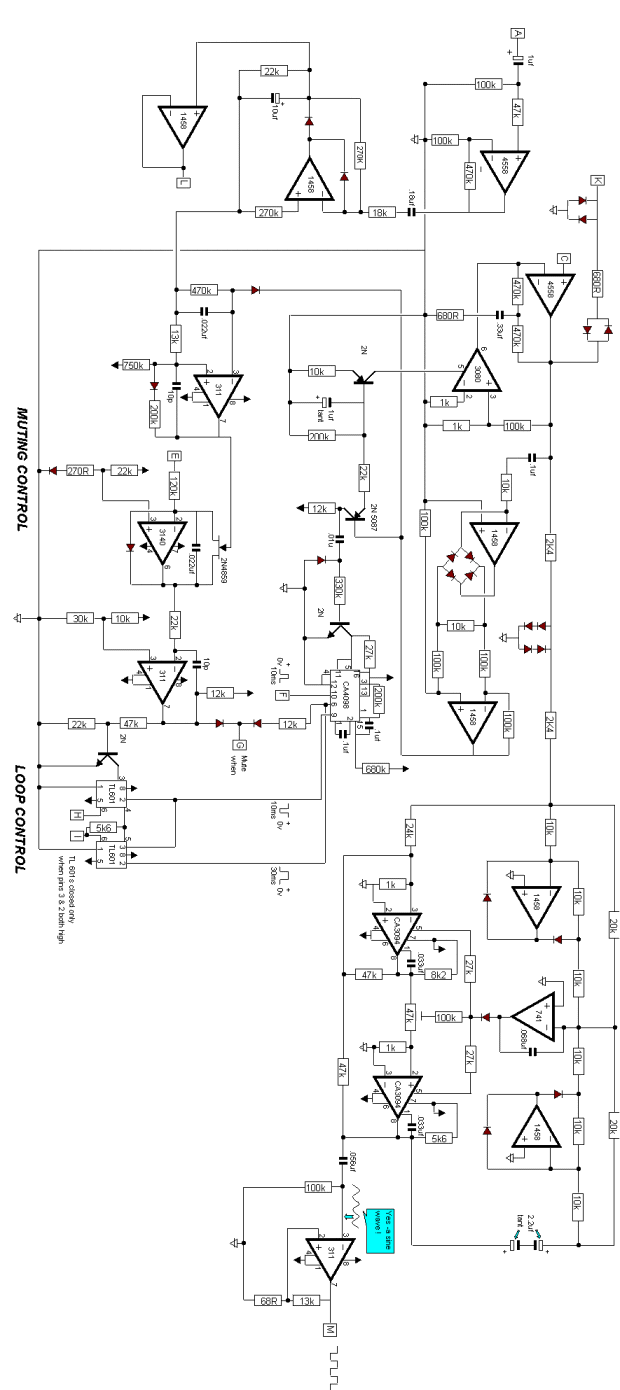Hey, I just poked around and found some info on the Korg box. It's called the MS-03 and it looks to be just what you need. Here's a block diagram:
Specs and online copy of owner's manual
http://www.korganalogue.net/korgms/specs/ppsp.html#ms03
And what it looks like
It has Hz/V and 8ve/V outputs, which is nice 'cause you can use it with a variety of synths. Since they're separate outputs, it stands to reason that you could use it with a Moog and a Japanese synth at the same time :wink:
None of these appear to be for sale on evilBay at the moment, unfortunately. I couldn't find a schematic online. I do have a collection of old Korg schematics in storage; next time I'm at that secret underground hideout, I'll take a look.
This schematic shows the "external signal processor" portion of the MS-20 synth, which probably gives some clues to the basis of the MS-03
http://www.korganalogue.net/korgms/images/service/ms20/circ2.gif
In theory, you could add a log amp to the CV output of this circuit and have something that should do the job.



